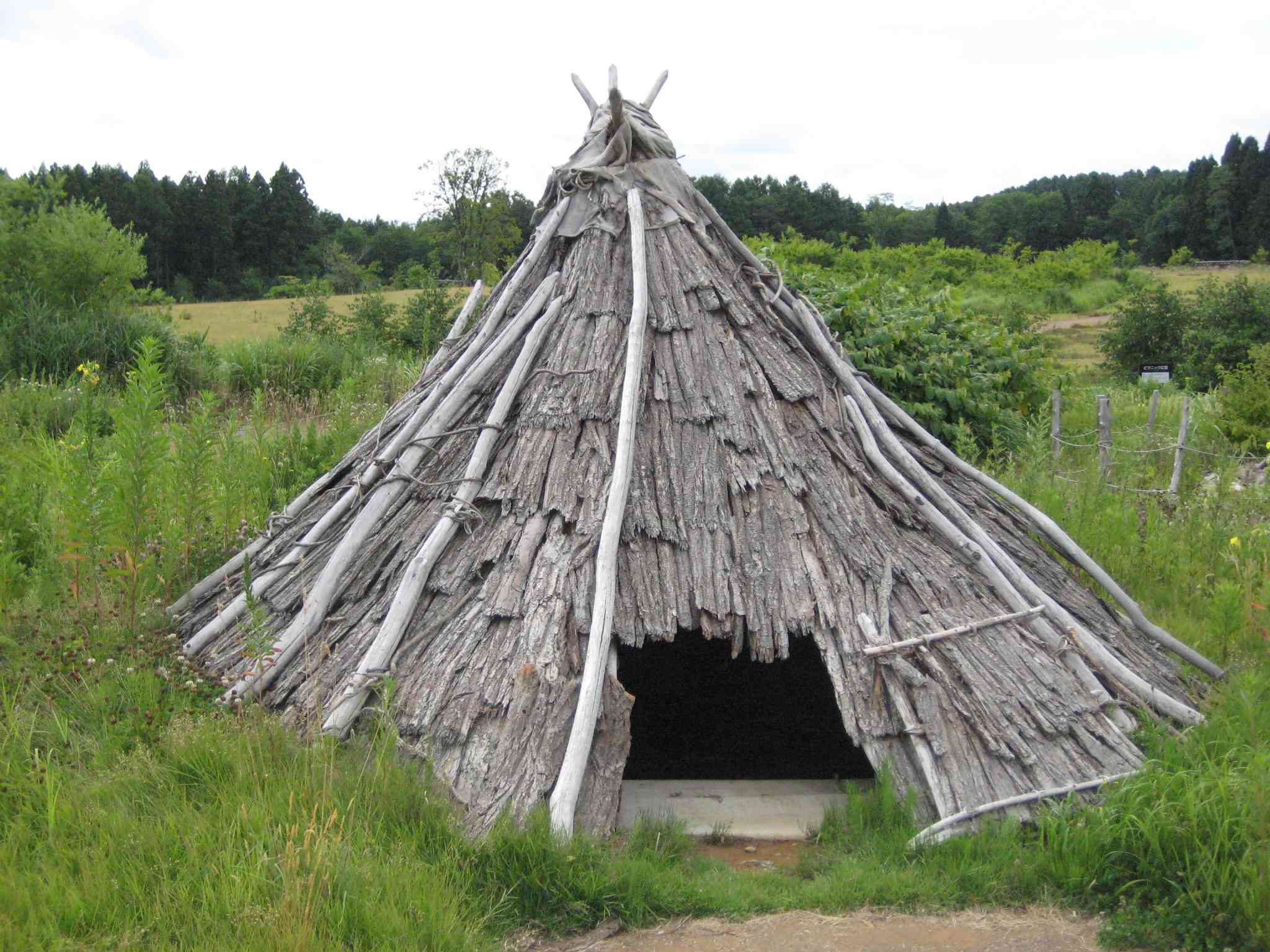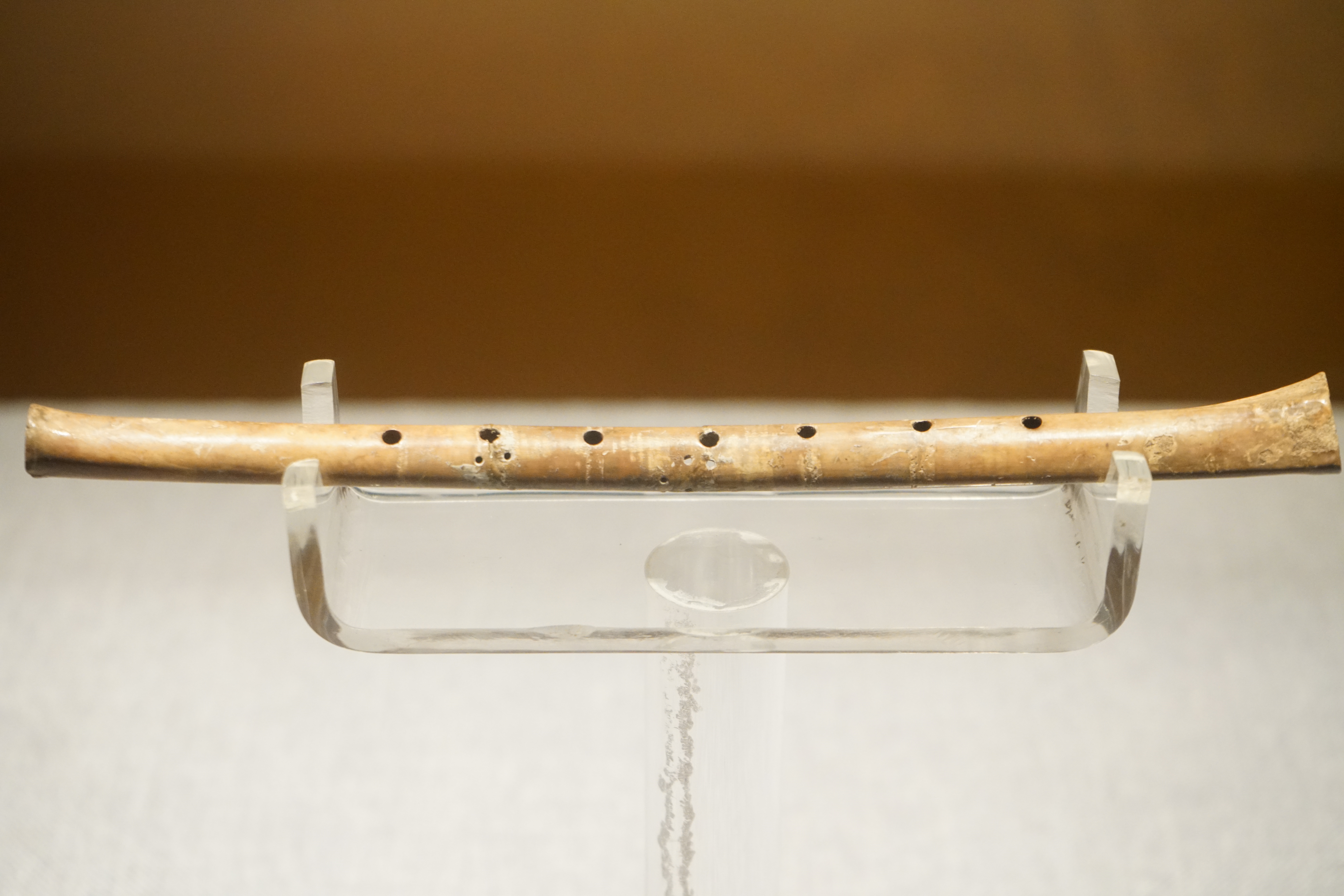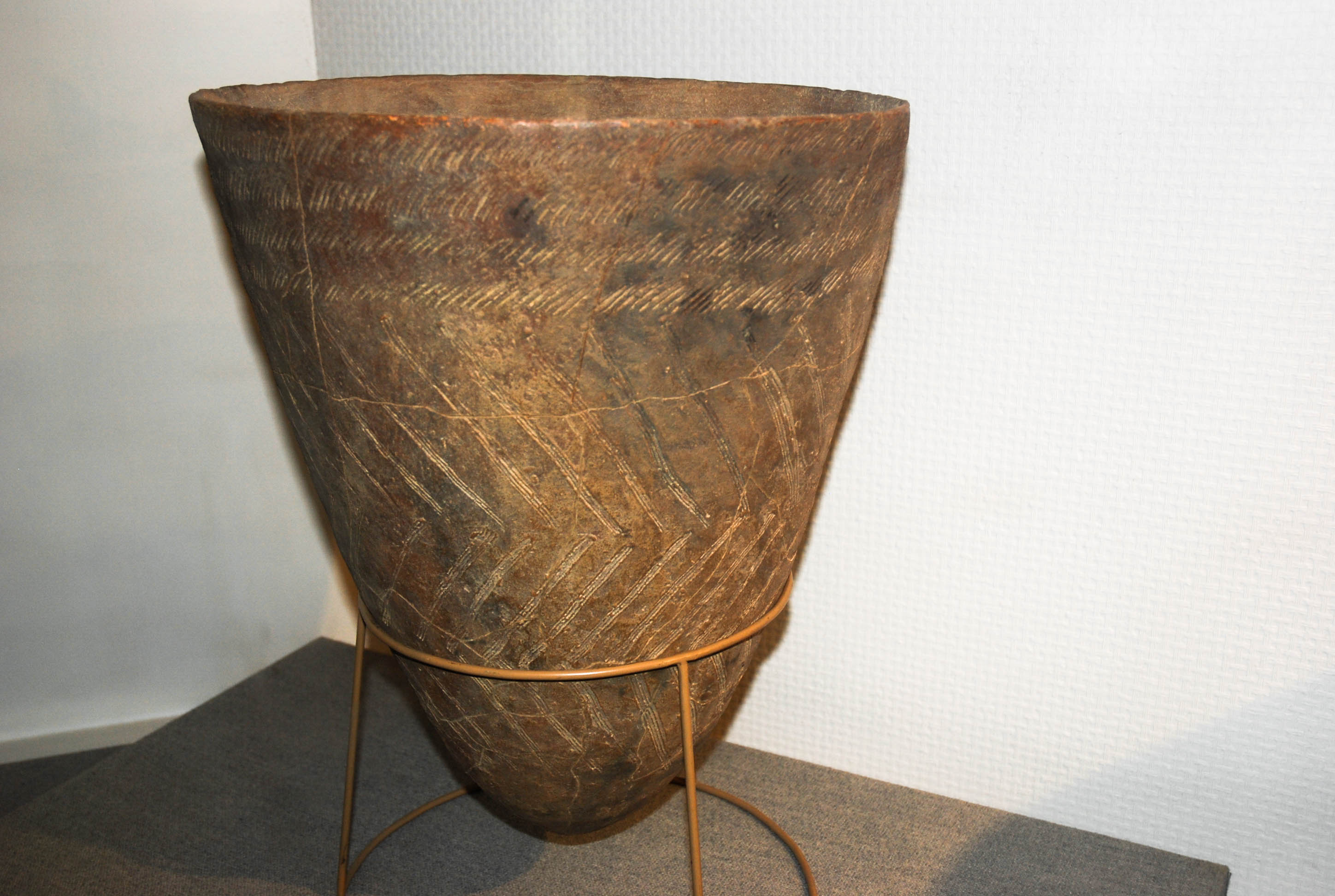The Kingdoms of Korea







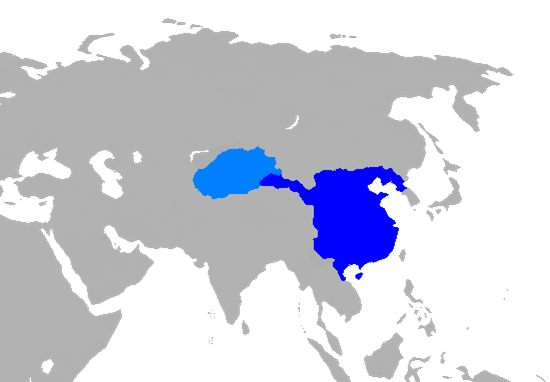


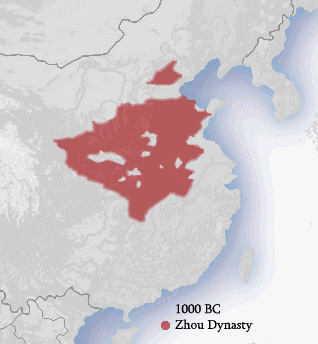

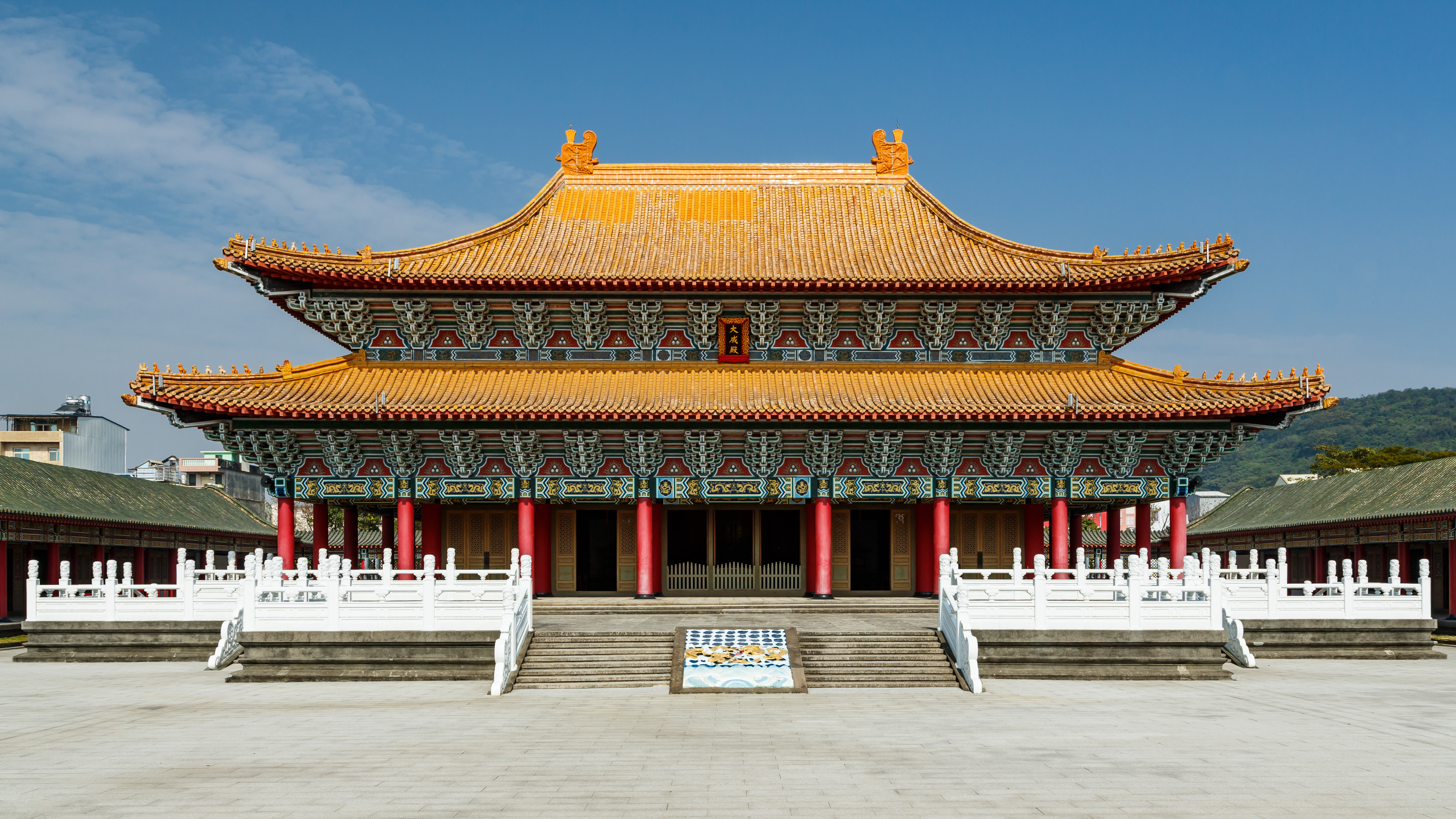



Check out the webpage of the Yoshinogari Site for more pictures and history!








This will probably be the last episode on Dinosaurs I ever make but it was worth it. No ragrets.
I don’t really have any interesting photos or pithy captions for this episode. It’s unfortunate how far some people will go to elevate their own fame over the common good. History belongs to its people, and to mislead those people intentionally is a terrible crime. It is also tragic how these events led to the untimely death of a legitimate researcher who was likely innocent of the charges laid against him.
Suicide is not something I take lightly. It causes untold misery, sadness, and confusion for the victim’s loved ones, and if you are struggling with thoughts of harming yourself, please seek help. You are not alone.
Visit the National Suicide Prevention Lifeline
Call the National Suicide Prevention Hotline (US): 1-800-273-8255

